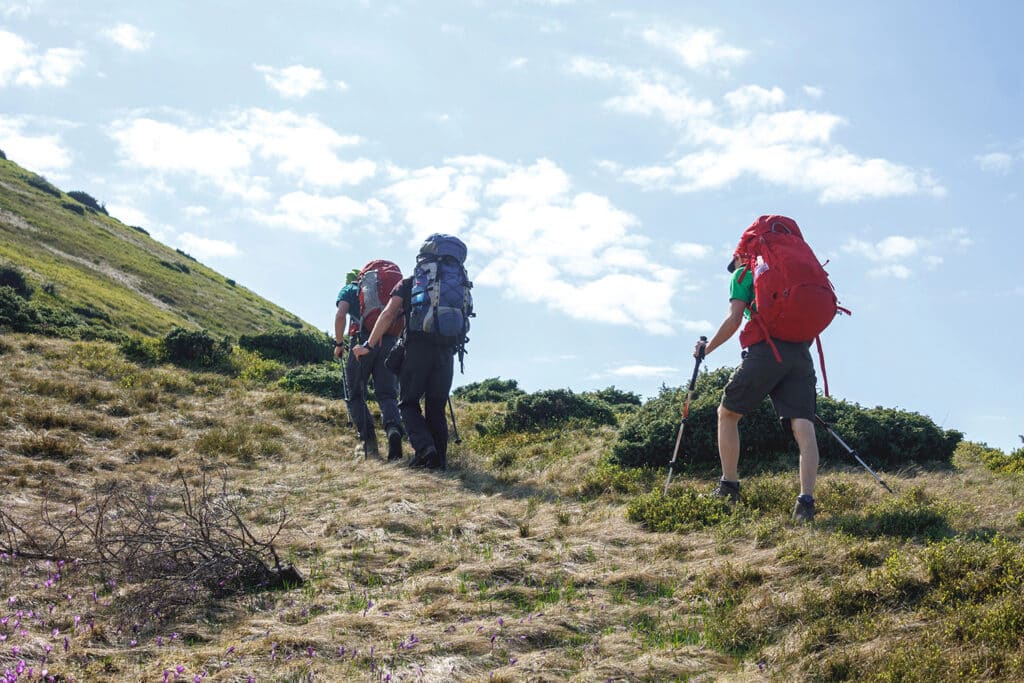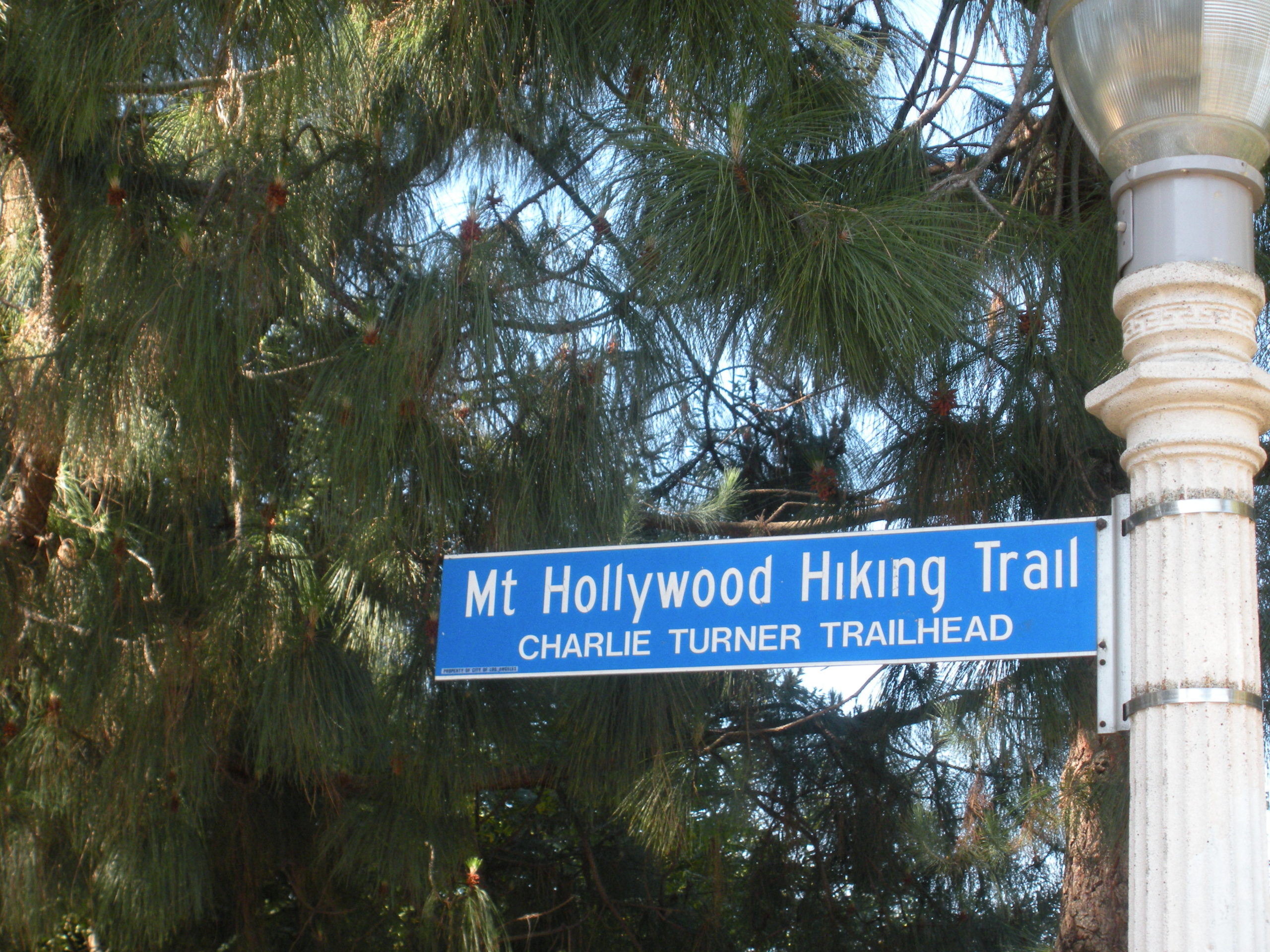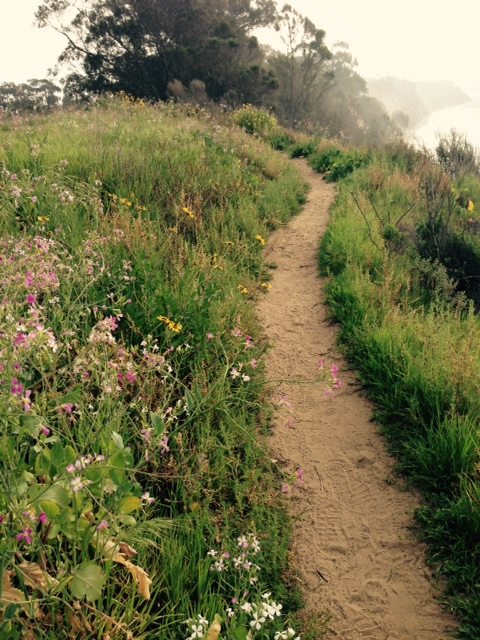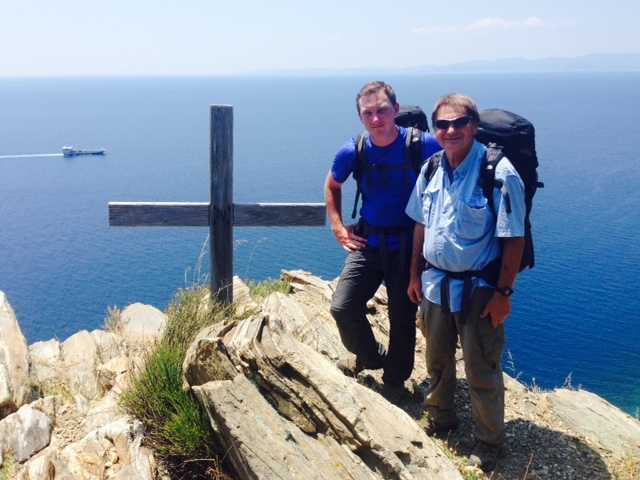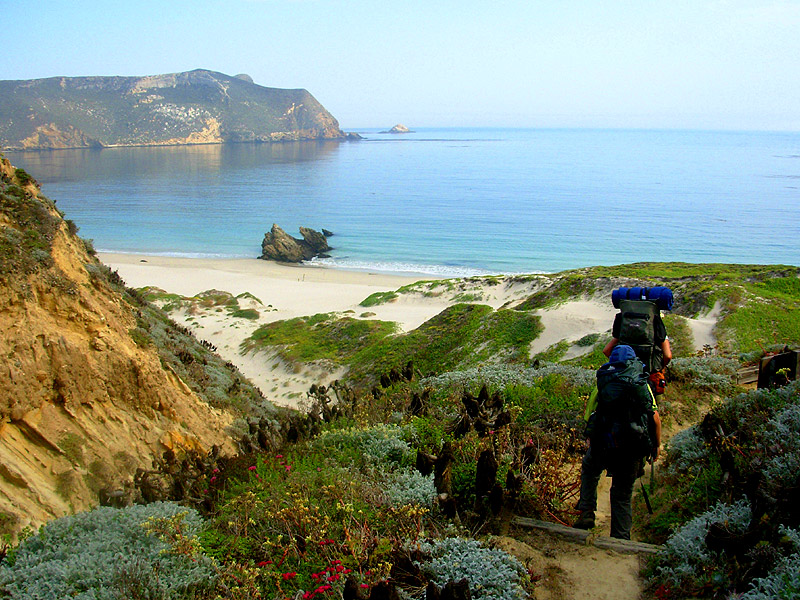TREKKING POLES
Your Trusty Trail Companions (Even If They Never Say Much Back)**
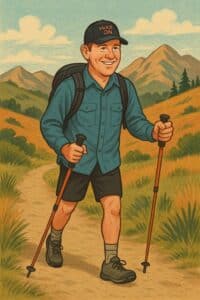 I’ve hiked with people who treat trekking poles like they’re ski poles gone AWOL. I’ve also hiked with purists who sneer at poles—until they hit a patch of marbles masquerading as a trail and suddenly wish for a third (or fourth) leg. I fall somewhere in between: poles aren’t mandatory for every outing, but they sure do make hiking smarter, safer, and—yes—kinder to the knees we hope will carry us up many a mountain.
I’ve hiked with people who treat trekking poles like they’re ski poles gone AWOL. I’ve also hiked with purists who sneer at poles—until they hit a patch of marbles masquerading as a trail and suddenly wish for a third (or fourth) leg. I fall somewhere in between: poles aren’t mandatory for every outing, but they sure do make hiking smarter, safer, and—yes—kinder to the knees we hope will carry us up many a mountain.
Back when I started exploring California’s wilds, hikers used old-fashioned wooden walking sticks and re-purposed ski poles. These days? Trekking Poles are everywhere: telescoping, folding, anti-shock, ultralight, ergonomic. Some hikers carry trekking poles that are fancier than my first car.
But beneath the tech and the titanium, the purpose remains the same: balance, rhythm, confidence, and protection. When you use poles well, they transform your hiking—not by making you faster (though that can happen), but by making you more stable, more efficient, and less beat-up at day’s end.
Let’s walk through what they do, how to choose them, and how to avoid the many mistakes I’ve seen hikers make before even stepping onto the trail.
Why Trekking Poles Help—And I Mean Really Help
Ask ten hikers why they use poles and you’ll hear ten answers. Mine?
Because the trail is rarely a sidewalk.
Here’s what trekking poles actually do for you:
- Save your knees on steep descents.
Going downhill is where poles shine. Think of them as shock absorbers your knees didn’t know they ordered. - Provide balance on uneven terrain.
Roots, rocks, ruts—California has them all in endless combinations. Poles widen your base of support and keep you from doing impromptu yoga poses you’re not warmed up for. - Assist with creek crossings.
A good pole will steady you over slippery stones. A great pole will remind you to pick your foot beforecommitting your weight. - Offer a little trail diplomacy.
Menacing dogs, mysterious rustling in the chaparral, or the world’s angriest wild turkey—poles give you presence. - Keep spiders from decorating your face.
Wave a pole ahead and feel like royalty parting the webs. - Test suspicious ground.
Gopher holes, mud disguised as not-mud, or a place snakes might nap.
And maybe most important: poles keep you upright, which keeps your lungs open, which keeps your endurance humming.
Trekking Poles 101
A well-worn wooden staff has its charm—and a certain Gandalf-in-the-Sierra vibe—but modern trekking poles exist for a reason. Most poles today are made of aluminum or carbon fiber. Here’s the quick, Trailmaster breakdown:
Aluminum:
- Sturdy
- Affordable
- Can bend instead of snapping
Carbon:
- Lighter
- Stiffer
- Better for long days—until you fall sideways on them (carbon breaks more cleanly, which is a polite way of saying it snaps).
Poles come in two- or three-section designs:
Two-section:
- Fewer moving parts
- Stronger
- Longer when collapsed (problematic for travel)
Three-section:
- More compact
- Easier to pack in luggage
- Slightly less durable
For most hikers? Three-section poles are the sweet spot.
Fit and Feel
Poles should be adjusted so that your elbow forms about a 90-degree angle when the tip touches the ground. Ignore this and you’ll either hunch like a question mark or jab the air like a misguided flag-bearer.
Grip materials matter too:
- Cork: Breathes and molds to your hand
- Rubber: More durable, excellent in cold weather
- Foam: Comfortable, light, but not as long-lasting
But here’s the Trailmaster truth: comfort is everything. And the only person who can judge comfort is the one holding the poles.
That’s why whenever a family member—from age eight to eighty-five—needed poles, I marched them straight to REI, where a real human can watch their gait, adjust the poles, and make recommendations based on terrain, style, and ambition.
For hikers ready to invest in a great pair, I often point them to trusted, durable options like the Leki Makalu Lite Cork Trekking Poles—lightweight, comfortable, reliable, and available at REI.
TREKKING POLES AREN’T JUST GEAR—THEY’RE CONFIDENCE ON A STICK
With poles, you don’t just walk the trail—you dance with it. You move in rhythm. You glide over roots, float down slopes, and stand taller.
Trailmaster Tip? Use trekking poles as tools, not crutches. Let them help you, not hold you up. And when the trail gets tough—and it will—they’ll help keep you moving forward.
Hike smart. Hike steady.
Hike On.


